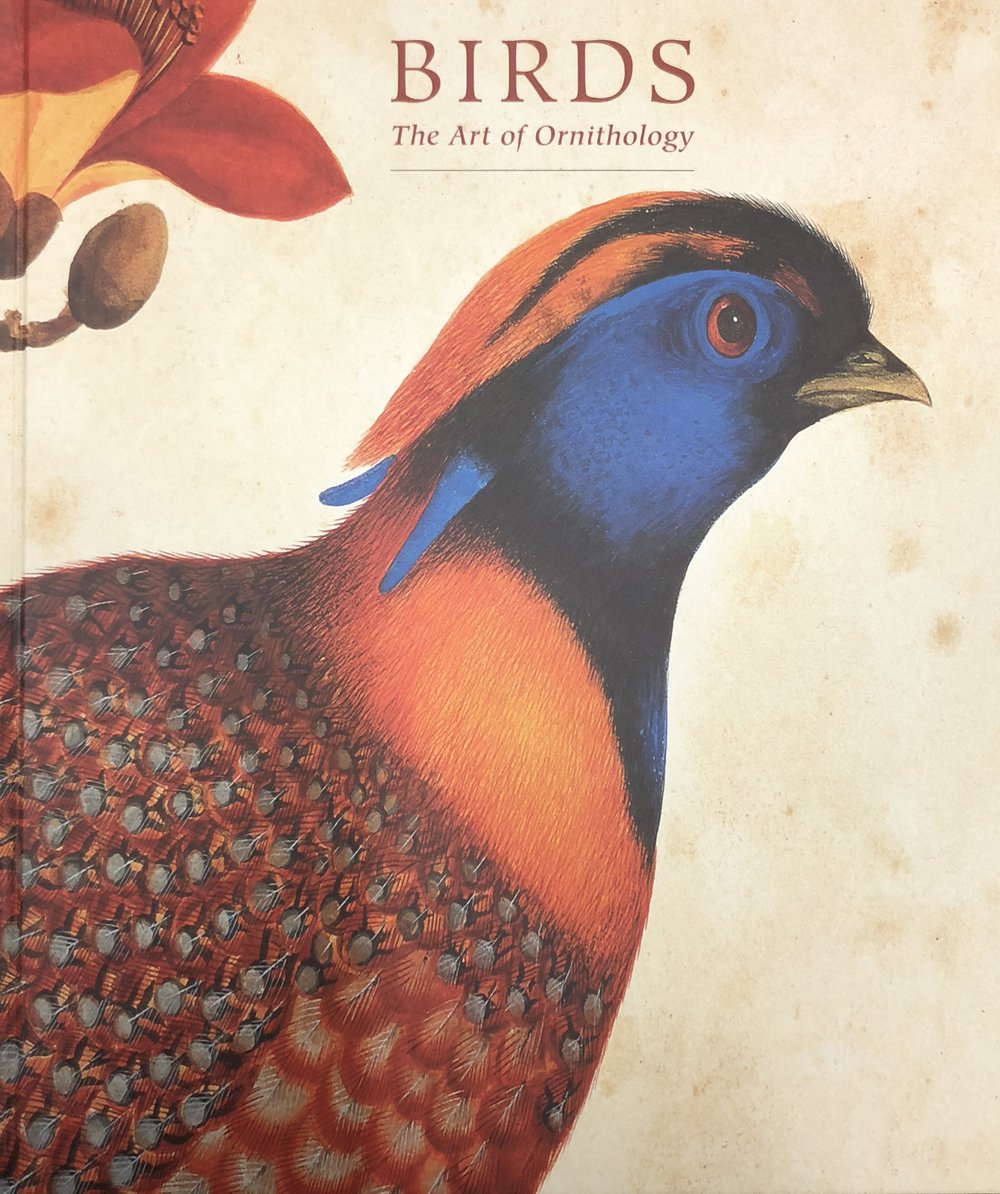 Author Jonathan Elphick has organized his beautifully illustrated book, Birds: The Art of Ornithology in chronologic chapters. Through it all, there are three propulsive currents. First, the development of increasingly sophisticated techniques of printing, advancing from engraving to lithography and beyond, allowing dissemination of bird art to an ever wider public. Second, improved methods of specimen preservation enhancing the study of anatomical detail. And lastly, the maturation over time of the artists’ perception of the essence of the character of his ornithologic subject and how to express that artistically.
Author Jonathan Elphick has organized his beautifully illustrated book, Birds: The Art of Ornithology in chronologic chapters. Through it all, there are three propulsive currents. First, the development of increasingly sophisticated techniques of printing, advancing from engraving to lithography and beyond, allowing dissemination of bird art to an ever wider public. Second, improved methods of specimen preservation enhancing the study of anatomical detail. And lastly, the maturation over time of the artists’ perception of the essence of the character of his ornithologic subject and how to express that artistically.
Looking back, Captain James Cook’s well-known 18th century South Seas expedition was merely the prototype specimen collecting venture. Indeed, there was a near mania of competitors rushing to explore and document specimens found on all continents. The author covers a plethora of collectors and artists in succinct biographies. Not all were innate naturalists. A Scotsman, Thomas Watting, had used his drawing and engraving skills to forge bank notes, and as punishment, was sent to the Australian convict colony; upon early pardon, he used his skills to depict Australian birds!
The author discusses the wide cast of characters which enabled these, often multivolume, encyclopedic compilations to be produced: world travelers, seamen, taxidermists, artist/adventurers, engravers, watercolorists, publishers, wealthy patrons, subscribers, and ornithologists.
At the end, I felt overwhelmed with beautiful bird art, yet wondered, where it will go from here. Over the ages, bird art has gone from stiff, still subjects, to lively representations of the personality of the birds, and now, often depictions of birds as we truly seen them: blurred in flight or hidden in foliage. In this Anthropocene era, having over-conquered the globe, do we hubristically claim there is nothing more to learn and discover of bird differentiation and intricacies of species? In our rapid-fire internet world do we no longer have the mindset or patience to investigate “every feather around the eye and every scale on the feet?” Today it’s the fantastic digital shots (and questionably photo-shopped) that get National Geographic acclaim.
But the book is a gem in its own right. Most pages have an illustration accompanied by a comment on the artist’s style and intent. It comes in a box, including 34, 10”x 13” prints suitable for framing.
This volume would be great for perusal or study on a cold winter’s night. For our rural community libraries, it would be a lovely addition to set out in a corner reading nook for winter patrons, searching out something to brighten their day. It is available at www.rizzoliusa.com or at Amazon, $45.00.